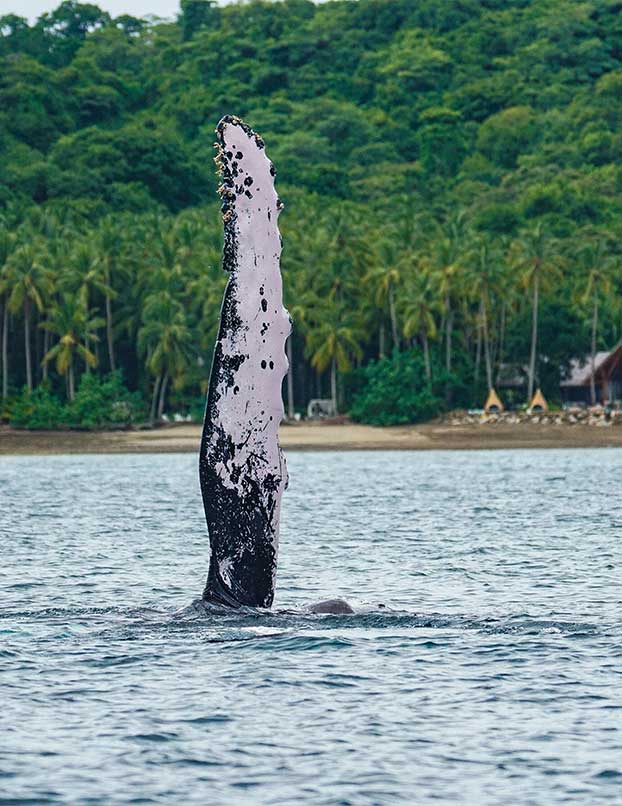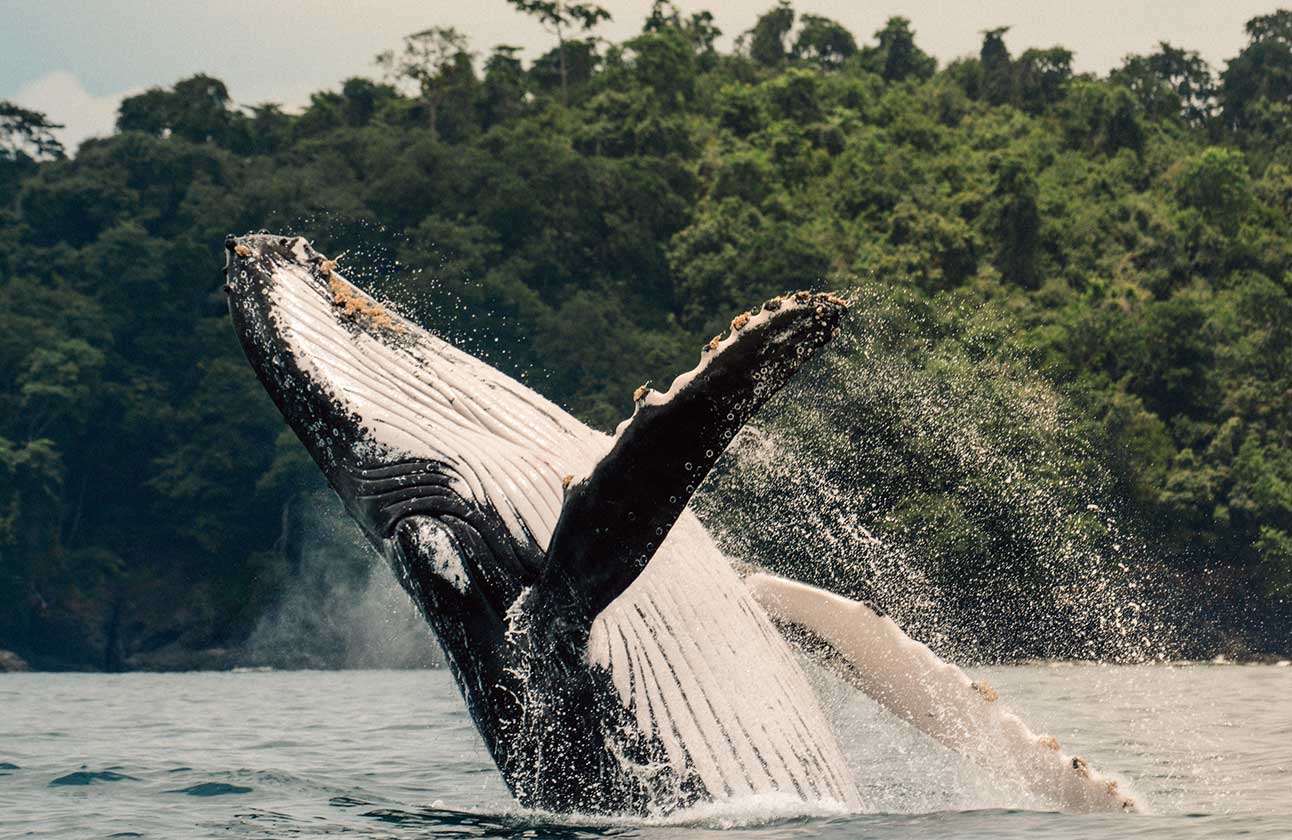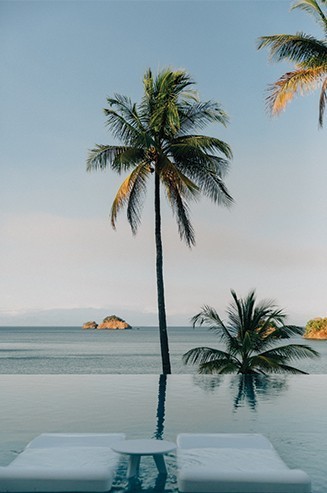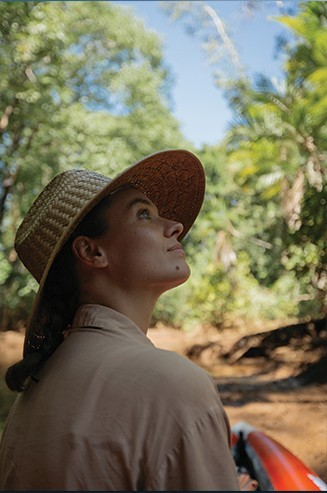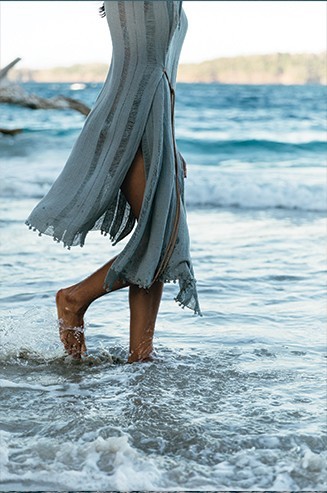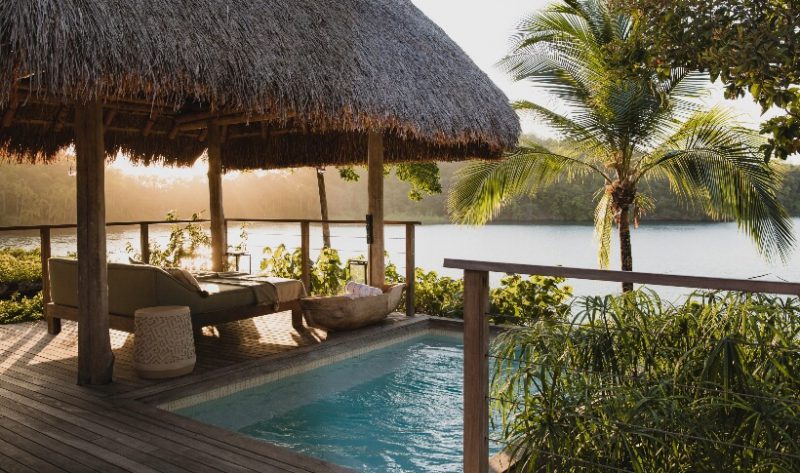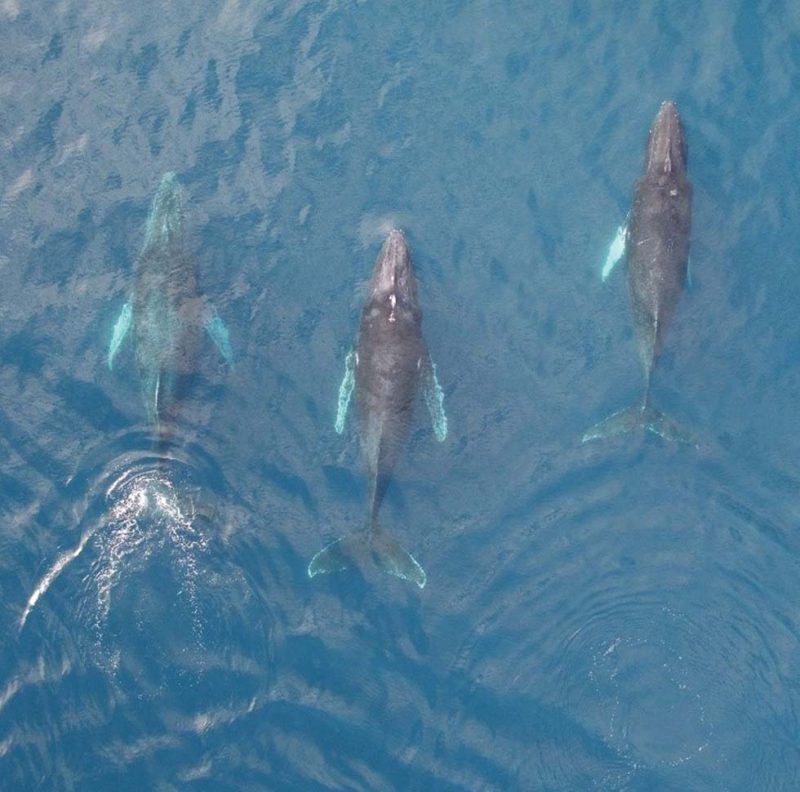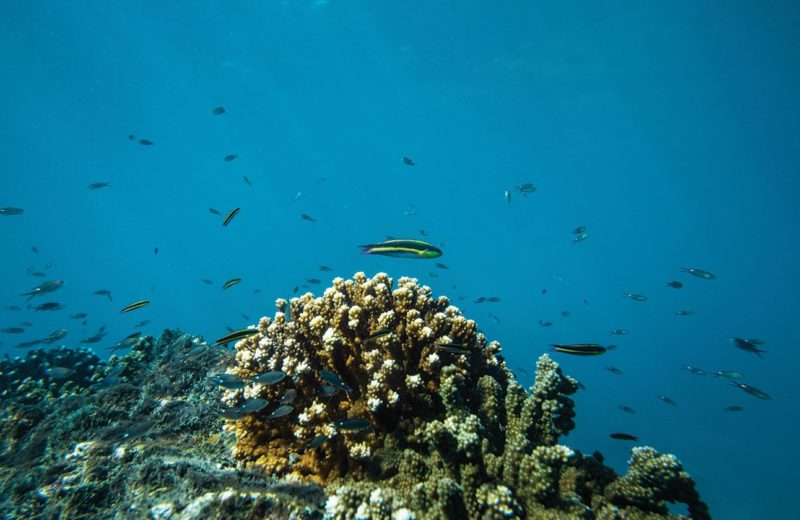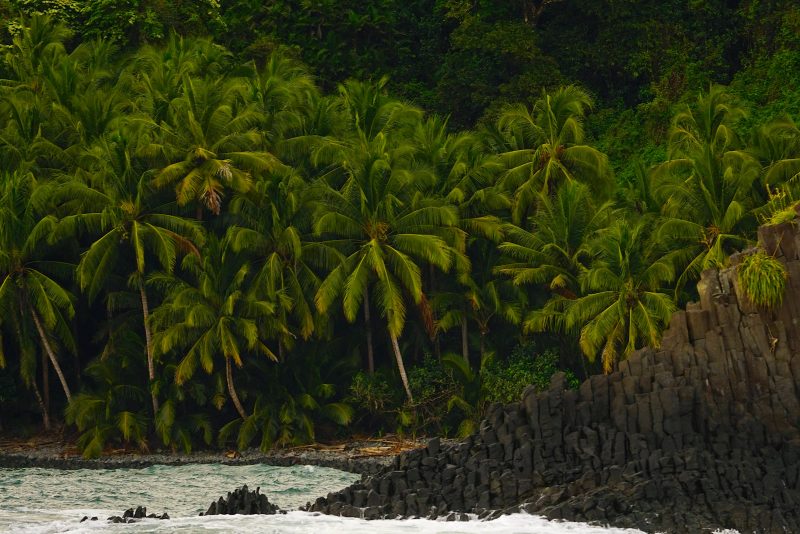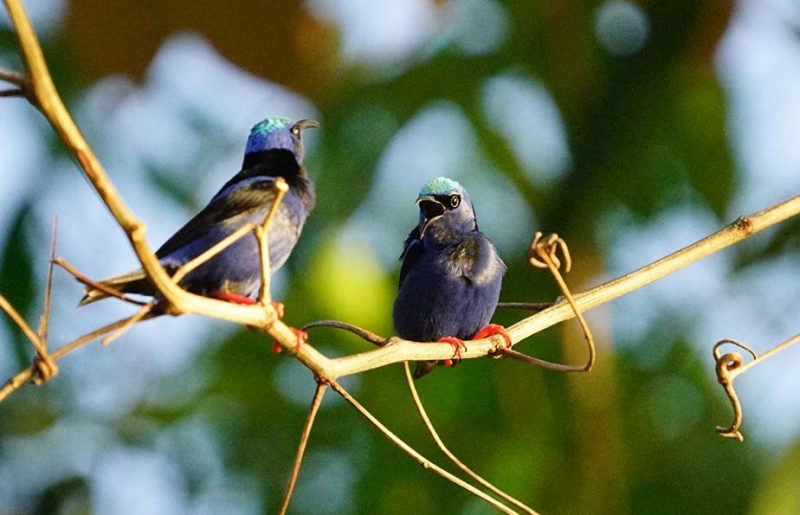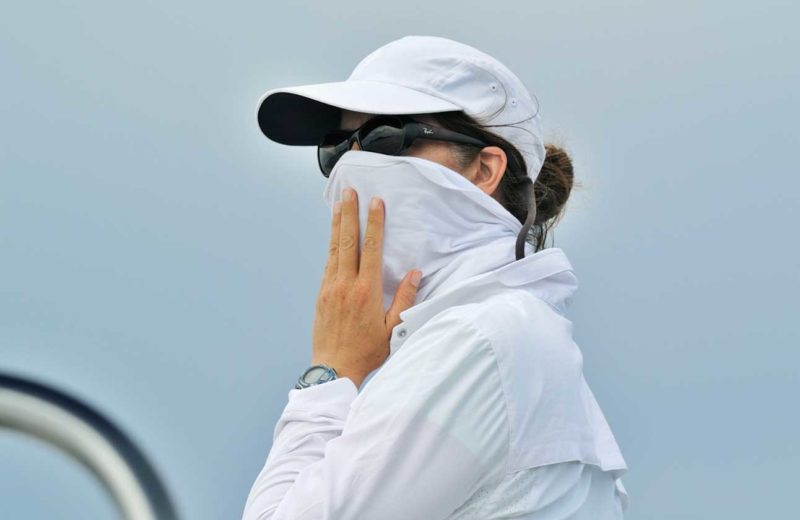
Whale watching in Luxury
“We discovered that there are two different populations in Islas Secas: one comes down from the north in December, and a second population comes up from the south in July. If you’re really lucky, you might see them meet.“
W hale migration season is upon us, and there is nowhere better to experience these majestic creatures than on a Marine Safari in the luxury of Islas Secas. To celebrate the arrival of the whale-watching season in Panama, we caught up with whale expert Kristen Rasmussen, a marine biologist and co-founder of Panacetacea.
Q: How did a girl from Minnesota end up as an expert on whale-watching in Panama?
That’s a good question! I became hooked on marine biology as an undergraduate and then worked for a non-profit organization that really got me into humpback whales. I was especially interested in their migration patterns and knew that they migrated from California to breed. When I discovered that they went all the way to Central America, that got me really interested.
Q: When did you first come to Panama?
My first season here was in 2002. When I arrived, I spoke to fishermen and locals about whether they’d seen whales, and they confirmed that humpbacks arrived between December and April. But then they told me that they saw way more in July, August and September. So this got me excited. To have two whale seasons is really unique. We discovered that there are two different populations: one comes down from the north in December, and a second population comes up from the south in July. If you’re really lucky, you might see them meet.
Q: So there are two different populations?
There are actually 14 distinct humpback populations worldwide, each with around 10,000 to 12,000 individuals. The northern population I study has about 800 individuals, while the southern population has 12,000. We’ve found that the northern population has not increased, while the southern one has grown tremendously.
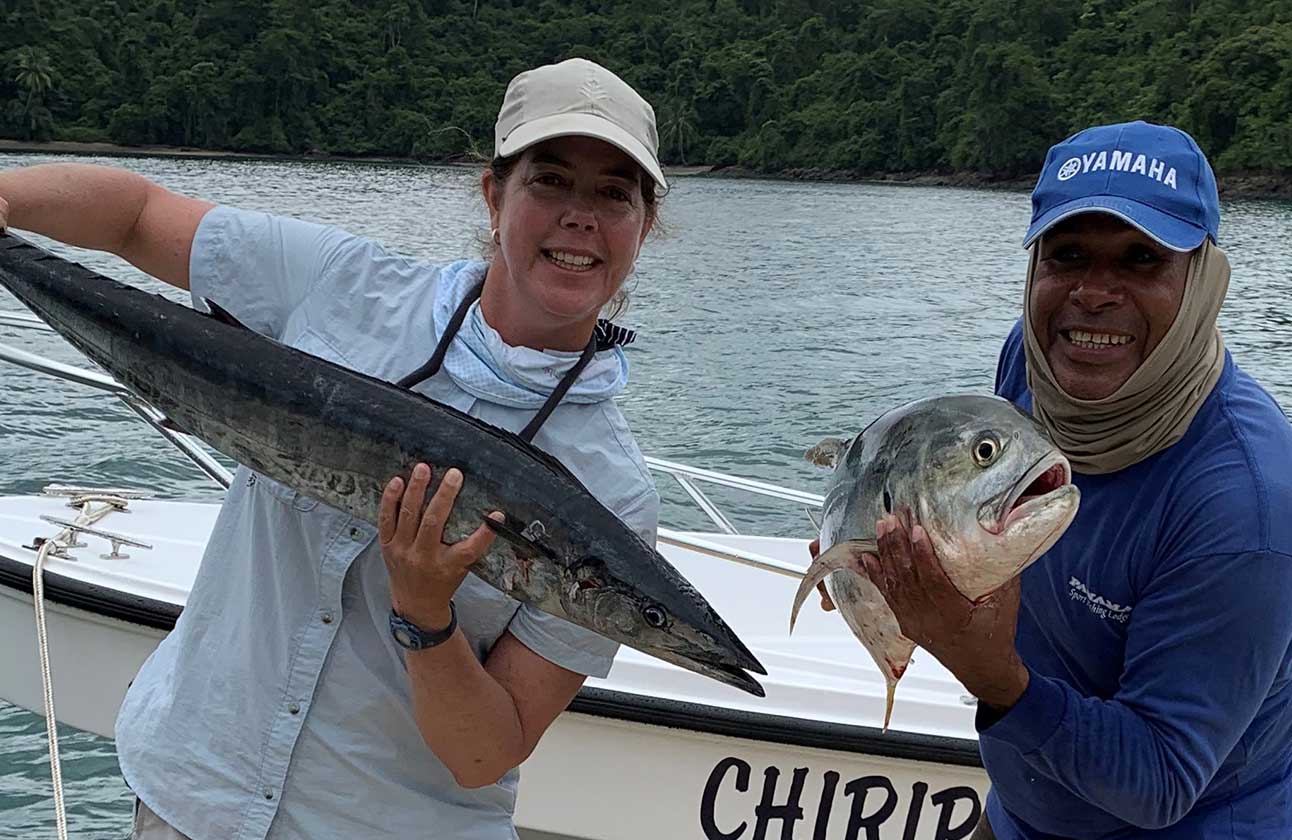
Kristin Rasmussen & Captain Luis Bernal
Q: Why the sudden growth in numbers?
It’s down to the worldwide growth following the ban in 1986 on whale hunting. Before the ban, numbers were down by 95% but they have really bounced back.
Q: Tell us about your research in the Gulf of Chiriquí.
We use photo identification, which means photographing individuals and identifying them through their “flukes”, or tales. That data is then shared with other researchers, which gives us a really great way of tracking whales. The ones we see in Panama might then be spotted by someone on board a cruise to Chile, Antarctica, or even New Zealand. This year will be our 19th year of monitoring the waters around Islas Secas, covering more than 2,500 km
Q: Is that where guests at Islas Secas come in?
Yes, they can go on whale-watching trips with Beny and the pictures they take are then shared with Panacetacea, adding to our research. It’s so simple, and the beautiful thing is it’s just a picture. It’s cheap, it’s easy, and anyone can do it.
Q: What can we all do to help whales?
Numbers are improving, but we can’t take our foot off the gas. Climate change is a huge challenge for whales as it impacts krill, their food. More ships in the ocean also mean more whales are being hit, while entanglement from nets is also a problem. So we need to celebrate our success but also educate ourselves on these issues.
